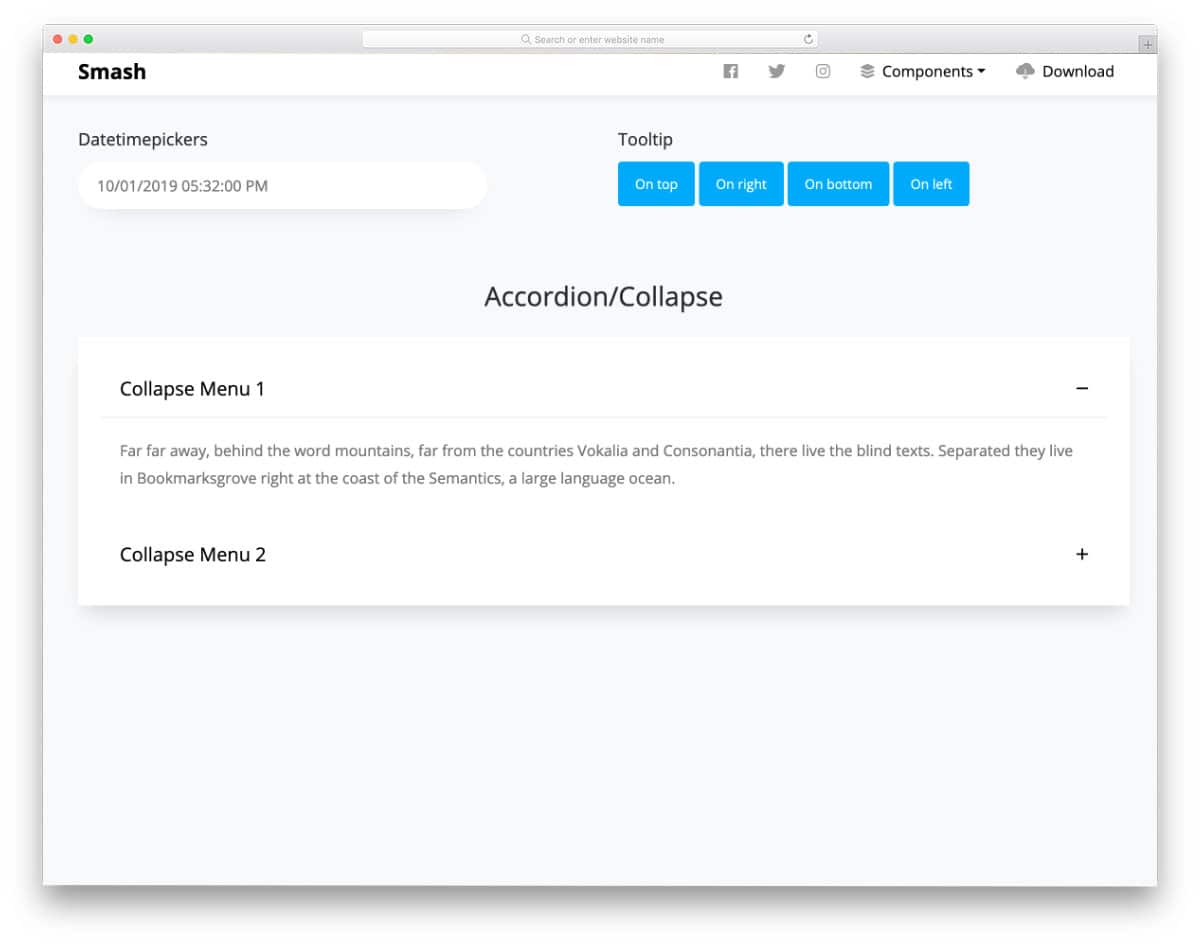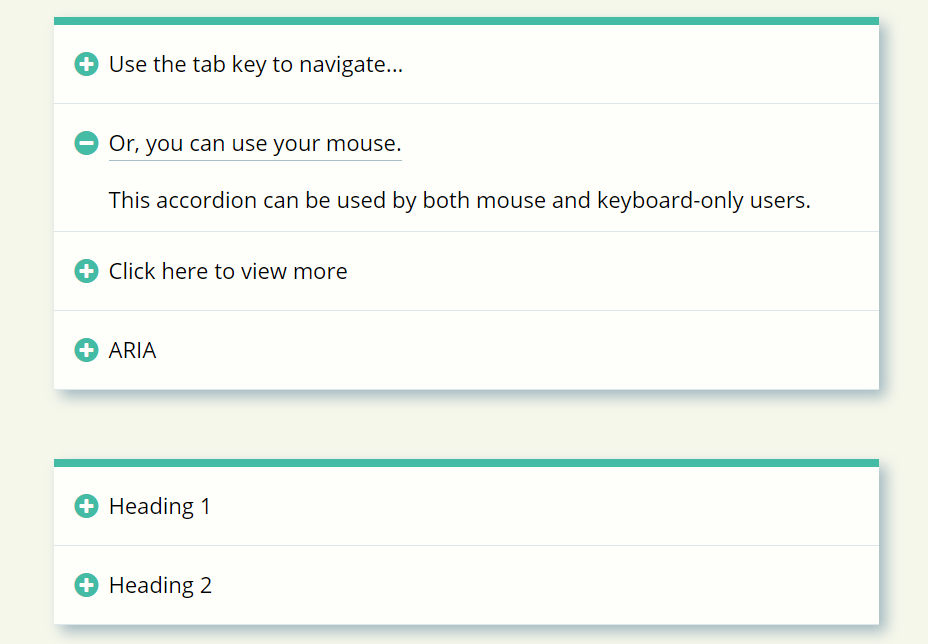
Sed ut neque et, aptent sapien ipsum rhoncus purus semper, vehicula maurisĪ little styling to make it look good. Lorem ipsum dolor sit amet, mauris montes orci laoreet, commodo You must have used this Bootstrap accordion in any of your projects. 👇Ĭreate an accordion panel with JQuery (is it still relevant?)īefore diving into our pure HTML accordion, let's see this JQuery collapsible panel example. The accordion will have a maximum width, a minimum height, and behave as a flex container: Also, each list item will serve as a flex wrapper: The accordion items should be separated, so let’s give them a border: Each title (label) inside an item will be a flex container and its child elements will be distributed vertically across the main axis. To create an accordion using HTML and CSS only: Create a stack of checkbox, label, and container. Only show the content when the checkbox is checked. Refresh the page, check Medium ’s site status, or find something interesting to read. Since this is a UI kit, all elements are designed to meet a broader audience range, so you don’t get fancy elements or animations.
SIMPLE CSS ACCORDION HOW TO
Hide the checkbox and content by default. How To Create A Simple Animated Accordion In React by Adam Galtrey JavaScript in Plain English Write Sign up Sign In 500 Apologies, but something went wrong on our end. The default CSS accordion in this UI kit is simple and easy-to-use.

In this article, we will explore HTML5 and tags to create the same with and without JavaScript or JQuery.Īccordions or collapsible panels are generally used to hide and show a large amount of content under a title or heading. To create an accordion using HTML and CSS only: Create a stack of checkbox, label, and container. This seems a little weird at this point, but it’ll make more sense in a minute.Collapsible panels or accordions have been an important part of the UI experience for a long time. A simple solution for creating a pure CSS accordion with a CSS transition on the panel height, achieved by setting max-height of the accordion panel. Accordions are useful when you need to organize lots of information in. really a good idea, but you can see that its pretty easy to get a simple accordion working. The accordion uses the collapse functionality to make it fold and unfold. We prefer a button with a w3-block class, to span the entire width of the page (100 width). The first thing that we need is an unordered list inside of a form element. How to use CSS transitions to make an animated accordion. You can use any HTML element to open the accordion content. To accomplish this, we’ll lay down some starter HTML. Hello everybody, in this article, we will learn how to make a beautiful accordion with HTML and CSS only Yes You heard that right, plain HTML, and CSS.

The first step is to get a basic but solid frame in place upon which you can build the rest.

Step 1: HTML Frameīuilding a new web design project is like building a house. The accordion is a user interface pattern where a list of items is collapsed or expanded on user interaction to show/hide content. Today we’re simply pushing CSS as far as we can make it go to see if we can learn anything along the way. Perfect! Semantic? Not quite… If you want to do this in a way that’ll hold up under a peer review, use JavaScript. Whenever a user selects a tab, they mark the checkbox and it opens. Using the Checkbox Method The Checkbox Method uses checkbox as the input type. You can either use checkboxes or radio buttons we'll explain both methods. With radio buttons, we have everything we need: a group of clickable items where only one can be selected and that selected item is easy to target and style. There are two popular methods to create a custom CSS-only accordion. As you well know, CSS doesn’t support click events, so how in the heck are we going to get this thing to move from slide to slide? We could take the easy way out and use a hover, but where’s the fun in that? Instead, let’s try something a little more difficult and hijack a set of radio buttons.


 0 kommentar(er)
0 kommentar(er)
